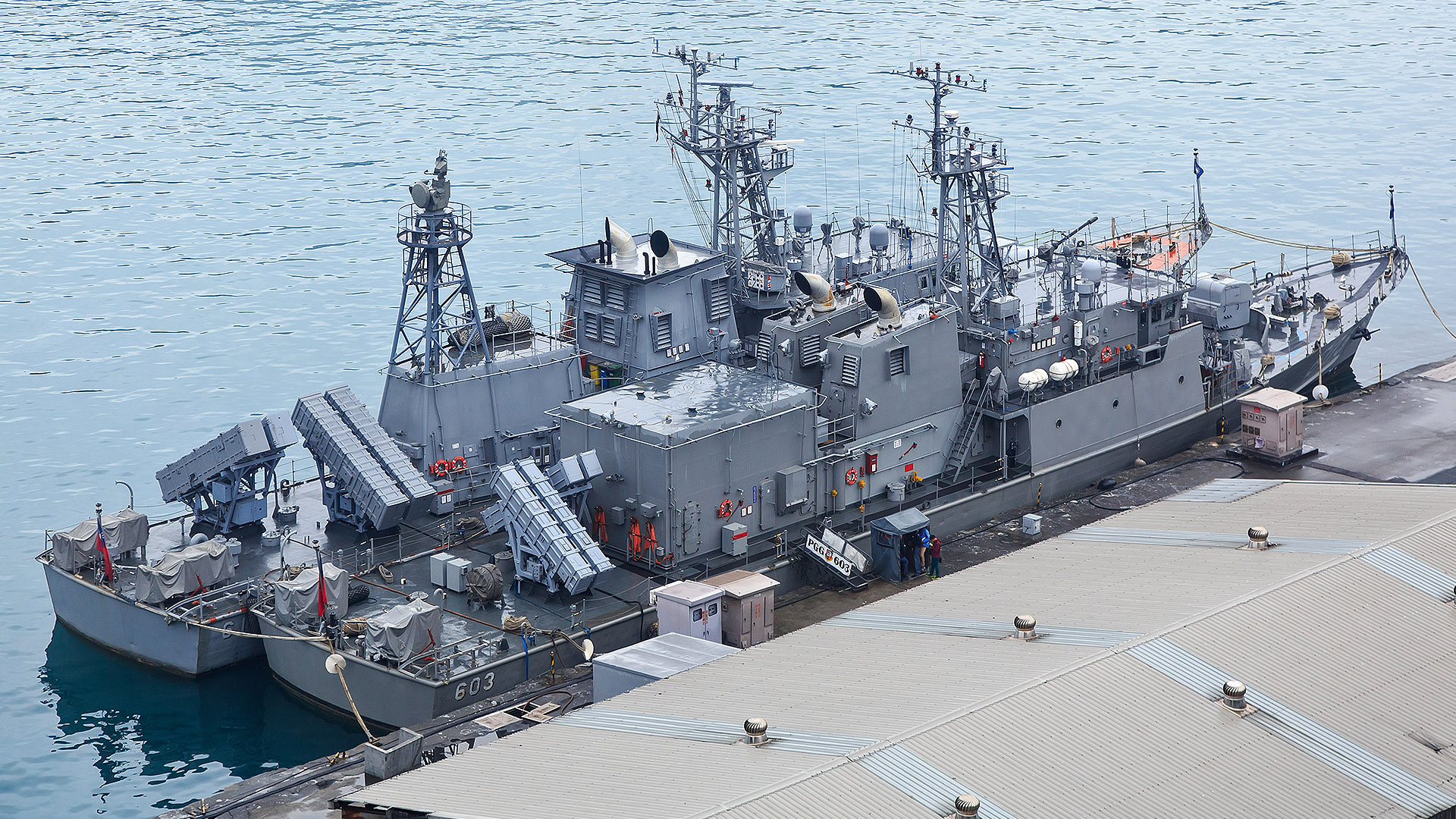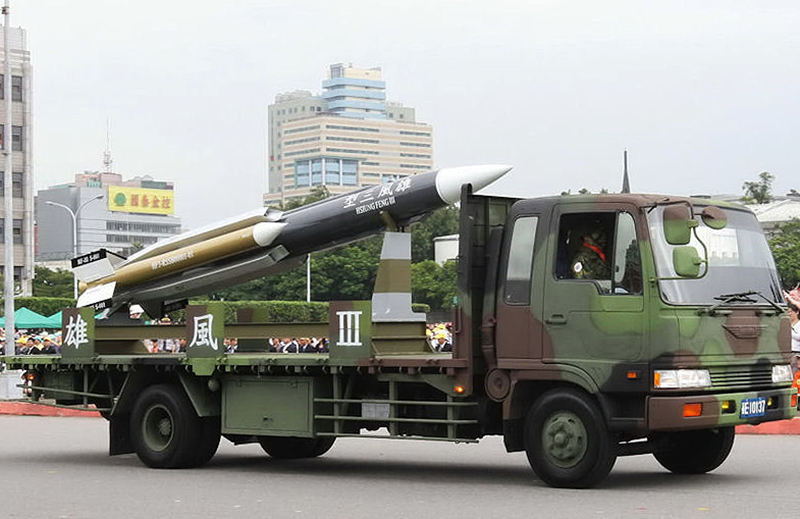A Republic Of China Navy (ROCN) missile boat was conducting a drill while docked in port when one of the vessel’s supersonic anti-ship missiles inadvertently fired. The missile flew nearly 50 miles into the waters off Penghu, a strategic Taiwanese controlled group of islands located in the volatile Taiwan Strait. Sadly, it homed in on a fishing vessel and struck the ship—just as it is designed to do. The captain was killed and three fisherman were wounded. The fishing boat was also from Taiwan.
At the time the launch occurred, the Ching Chiang class patrol ship Jin Chiang (PGG-610) was docked at Zuoying naval base, on the southwest shore of Taiwan. A ROCN Admiral told reporters that it seems like the drill the crew was doing was not executed “in accordance with normal procedure.” So it looks like a human factor caused the unintended launch at this time.

The missile involved was a ram-jetpowered Hsiung-feng III (Brave Sword III) supersonic anti-ship missile, one of Taiwan’s most advanced anti-ship weapons. Details of the indigenous design remain shadowy, but the missile is thought to have a range of around 150 miles, fly at over mach two and resemble a modernized version of the Russian-designed P-270 Moskit (NATO reporting name SS-N-22 Sunburn), which China stockpiles en-masse.
The Hsiung-feng III is also known to use inertial guidance for cruise and onboard active radar homing to attack its target during its terminal phase of flight. In this case it must have detected the fishing vessel and prosecuted the target just as if it were a military one.

For the better part of a century, many anti-ship cruise missiles have had an autonomous targeting capability that allows the launch platform to send missiles into a certain area, where it will then search for targets on its own. This allows ships or aircraft to fire anti-ship missiles far over the horizon, even when external targeting support in unavailable or when the launch platform too far away to guide the missile to its final destination.
In other words, instead of being specifically targeted at one ship, the missile independently searches for a target where hostile is predicted to be by the time the missile shows up. It sounds like an incredibly dangerous and antiquated form of warfare, and to some degree it is.
High-end anti-ship missiles increasingly use imaging infrared sensors with image matching, electronic emissions sensing gear and other sensors, as well as being networked to leverage multiple external targeting feeds, to better identify catagorize and priortize the vessels they attack. The Hsiung-feng III is not one of these weapons. They are meant to be salvoed at Chinese warships speeding across the Taiwan Strait during a time of outright conflict where collateral damage to innocent vessels will be a footnote when it comes to the level of destruction resulting from such a battle.
Here is the Hsiung-feng III undergoing testing and below that is footage of the fishing boat that was struck during this freak incident:


Shortly after the accident, helicopters and maritime patrol aircraft were sent to the area. At the time, it was thought the missile crashed safely into the water.
Taiwan has not disclosed whether they alerted Beijing of the accidental launch, though probably not, considering communications between the bitter foes has supposedly been totally cut off since last week. The idea of an errant supersonic cruise missile heading in China’s direction from Taiwan’s shore is troubling to say the least.
The region is bristling with anti-ship, cruise and ballistic missiles, and it wouldn’t take much for a simple mistake to snowball into a much larger conflict.
Contact the author at tyler@thedrive.com
